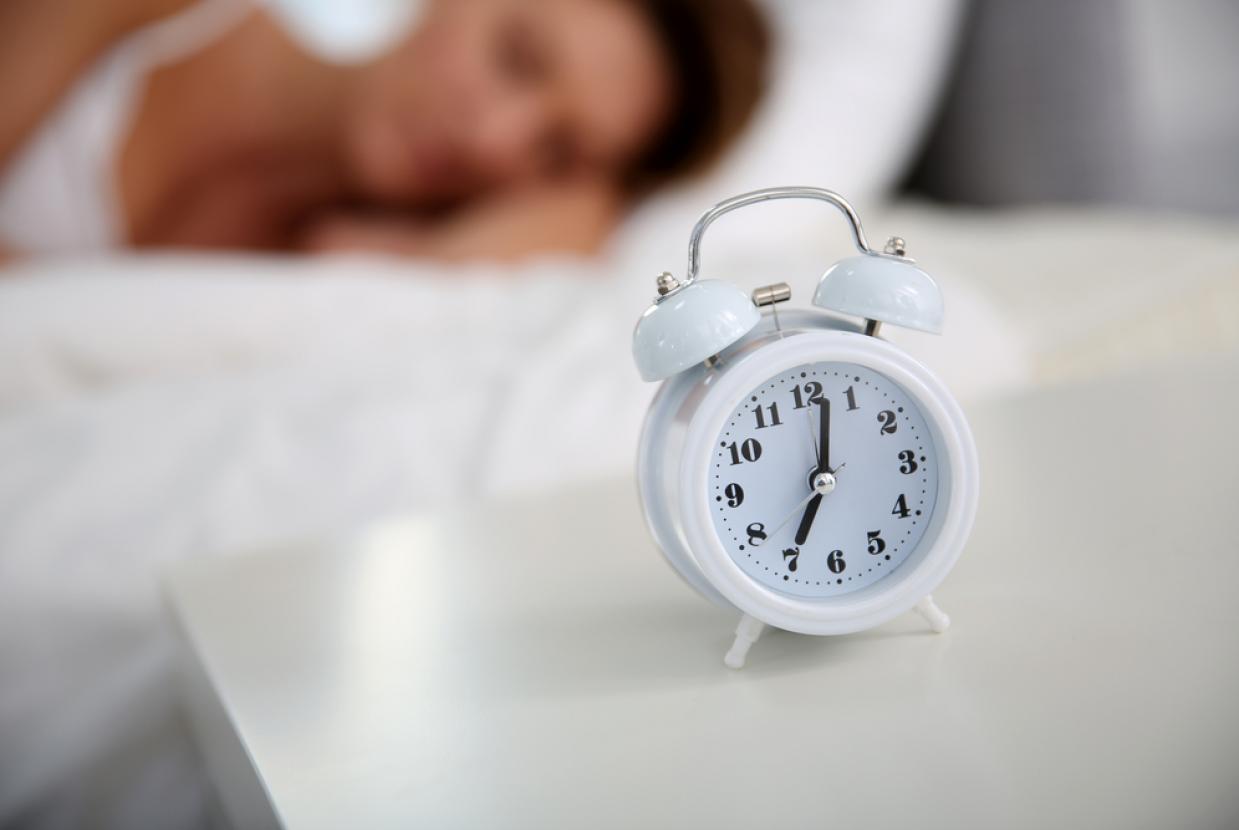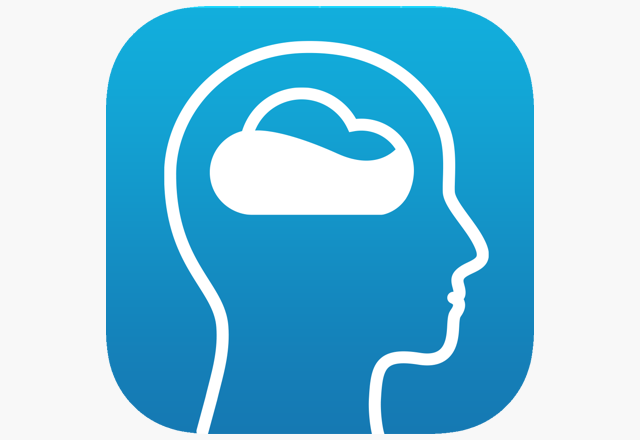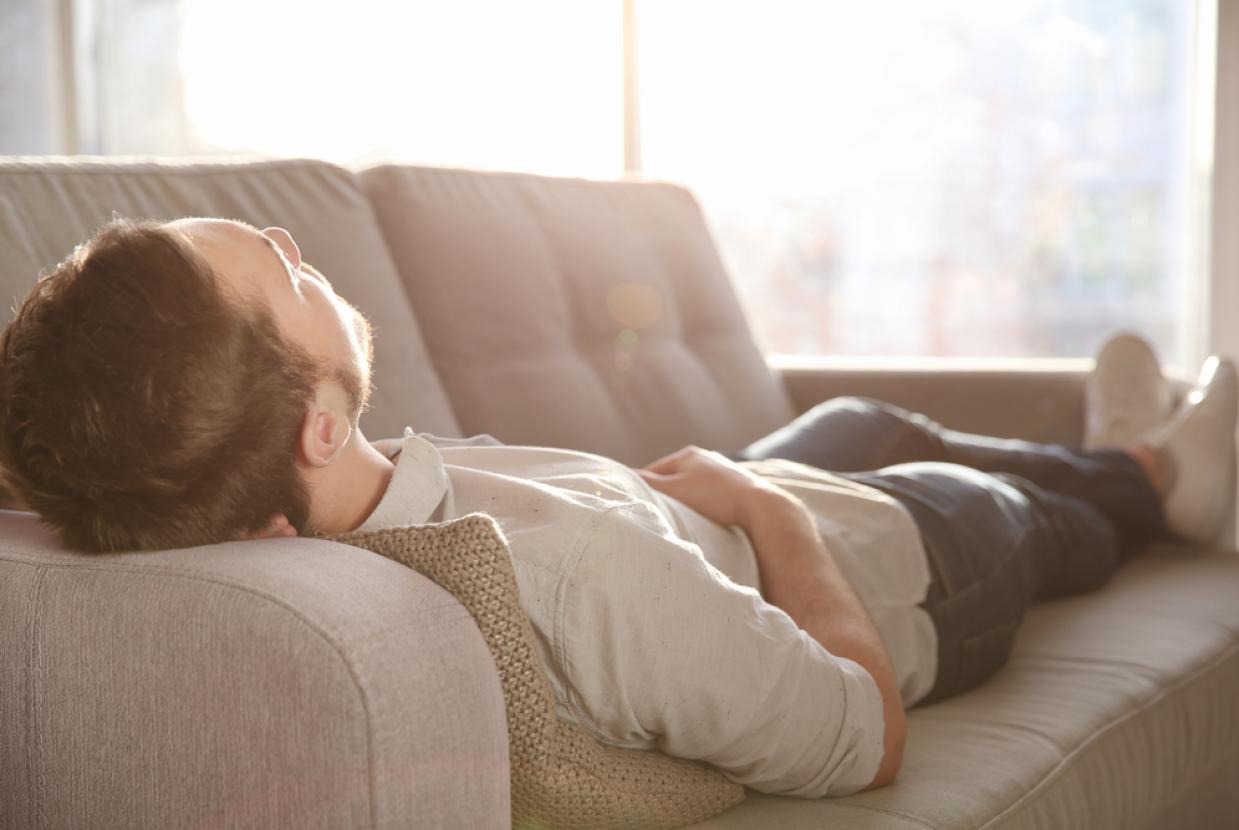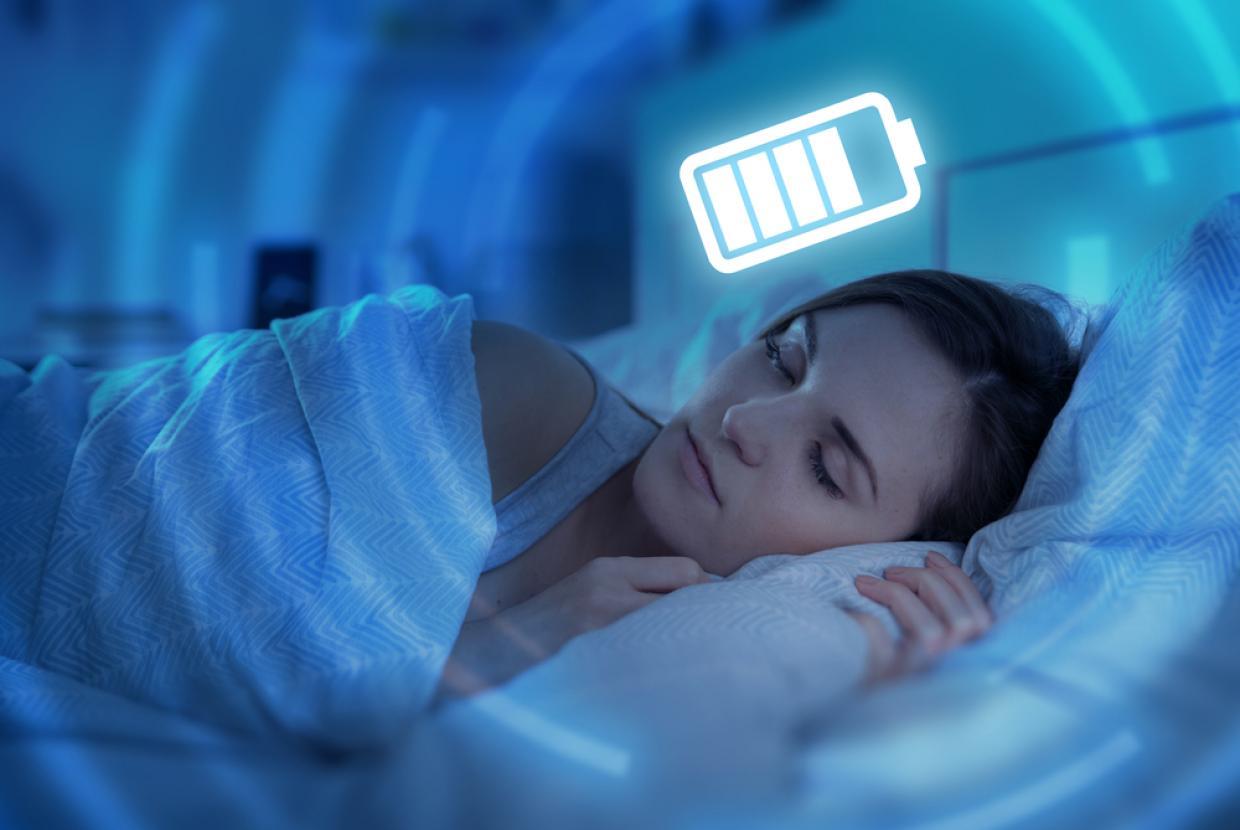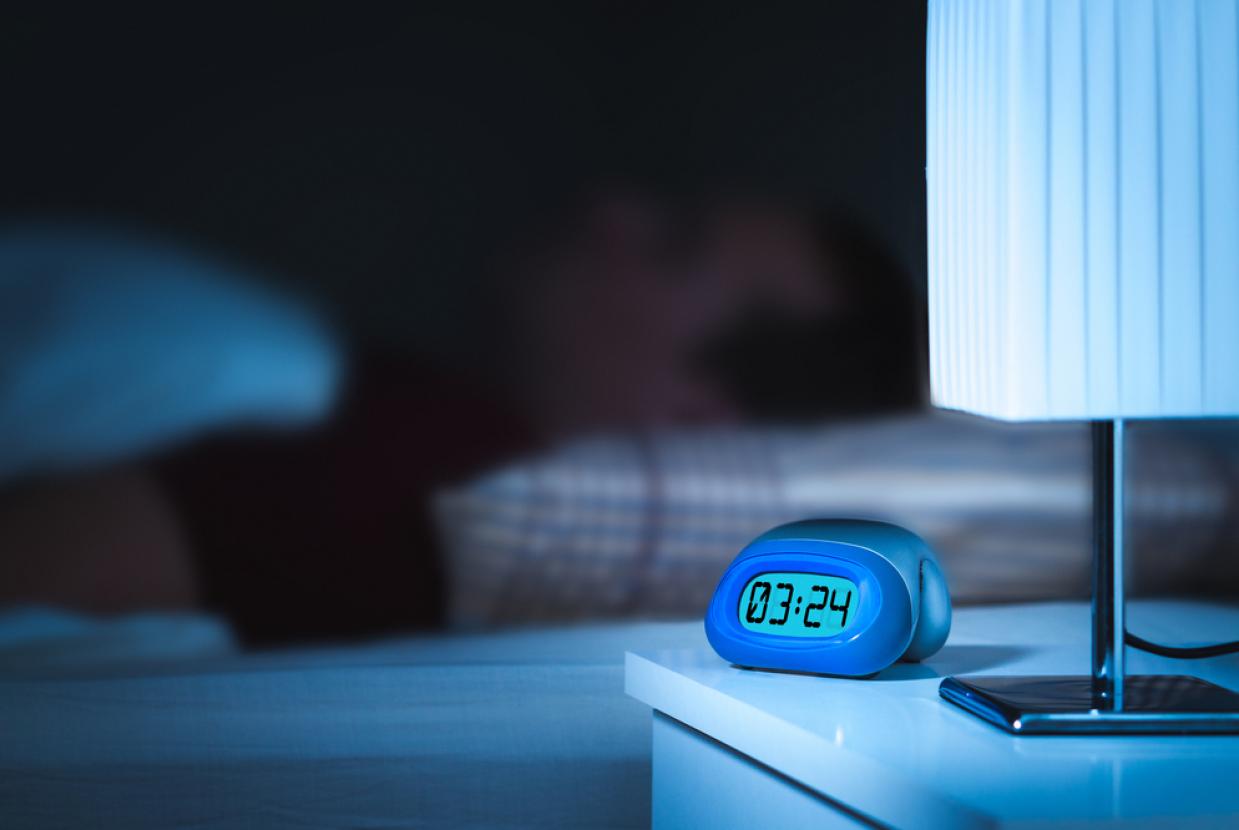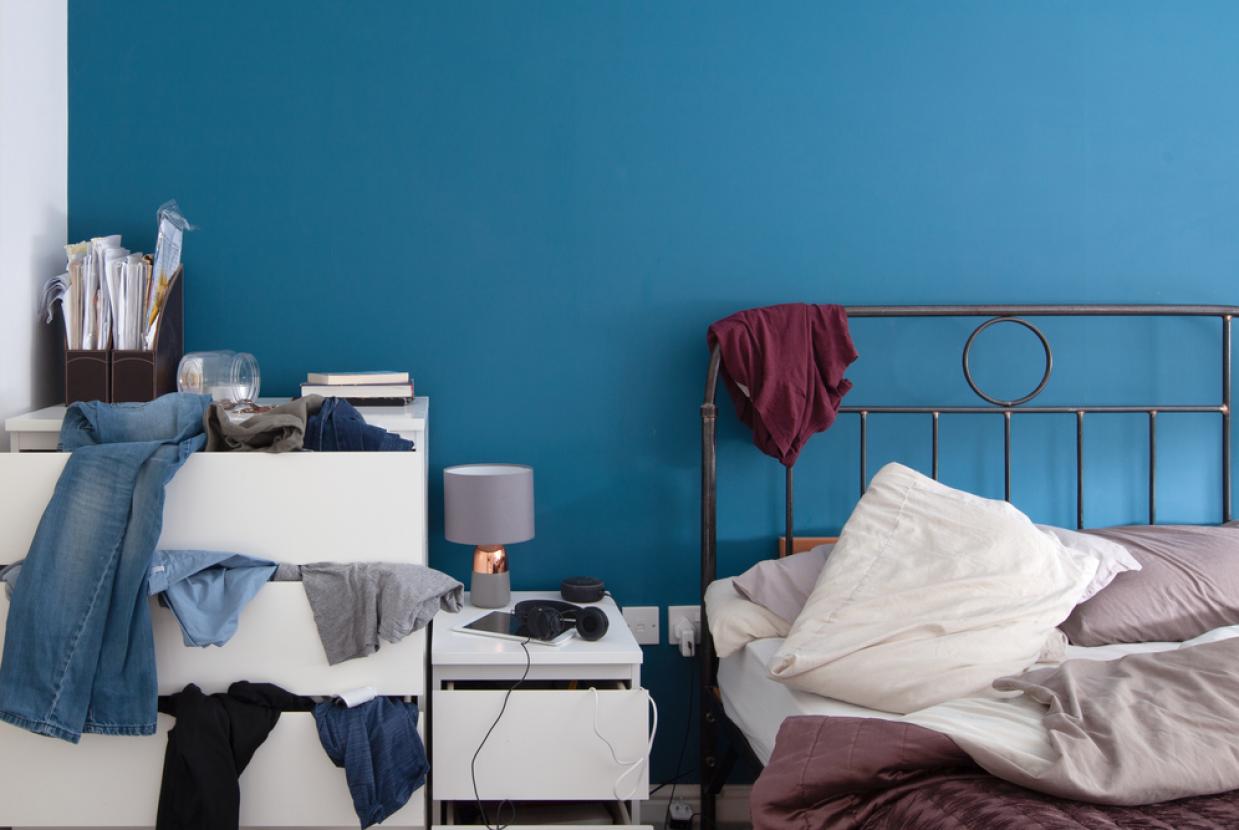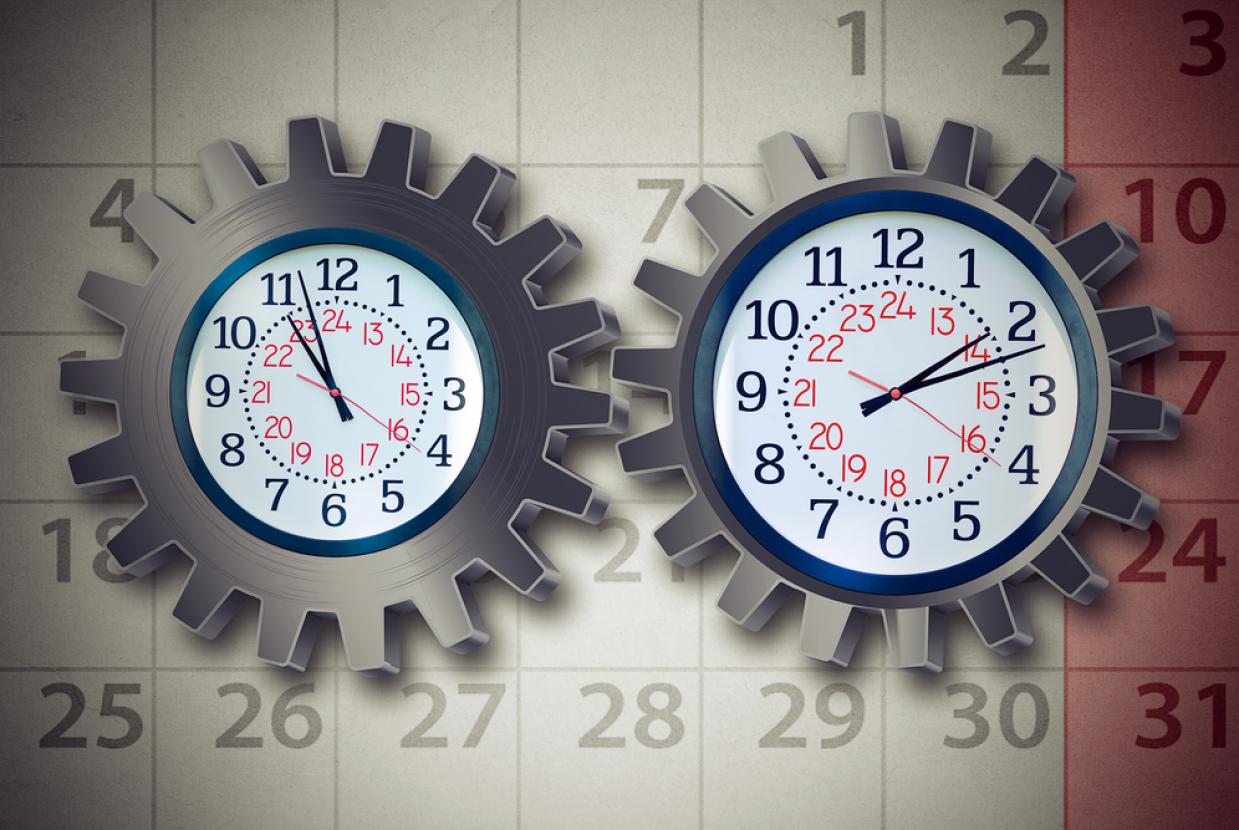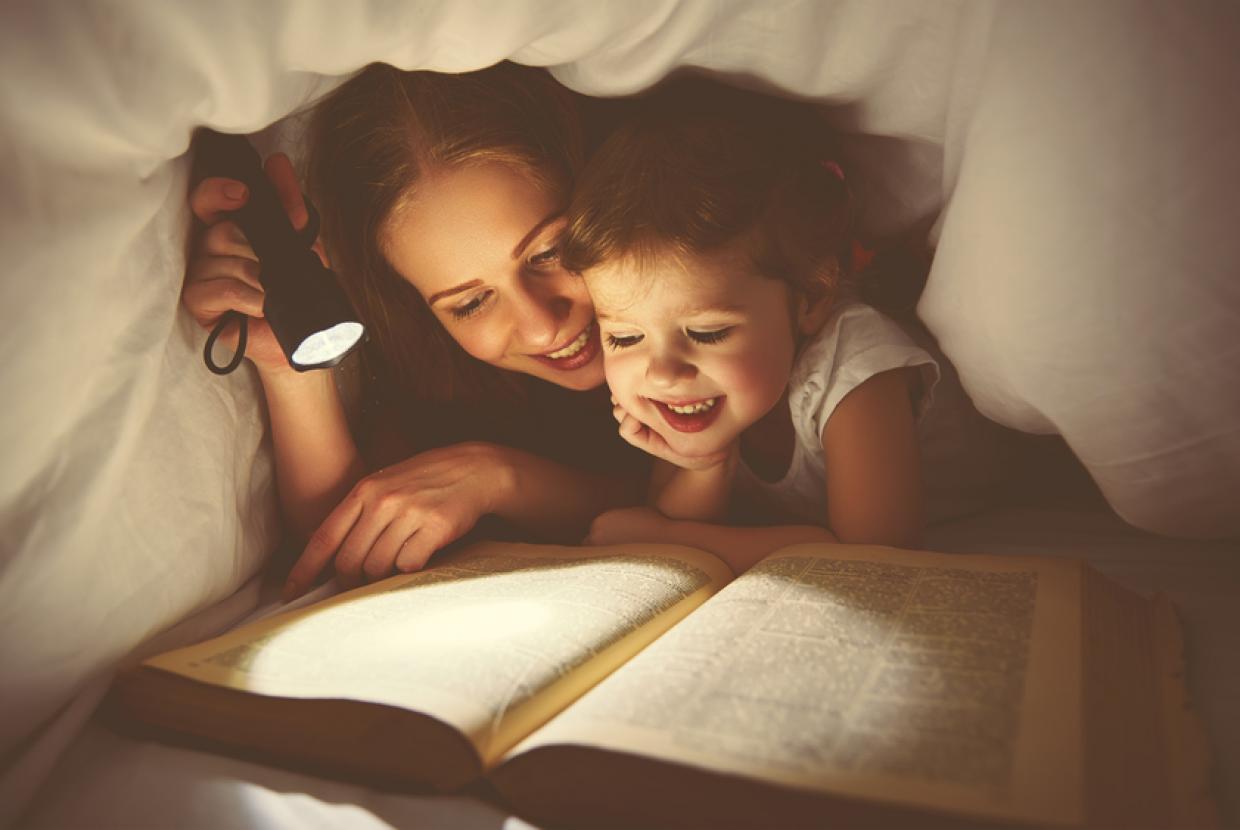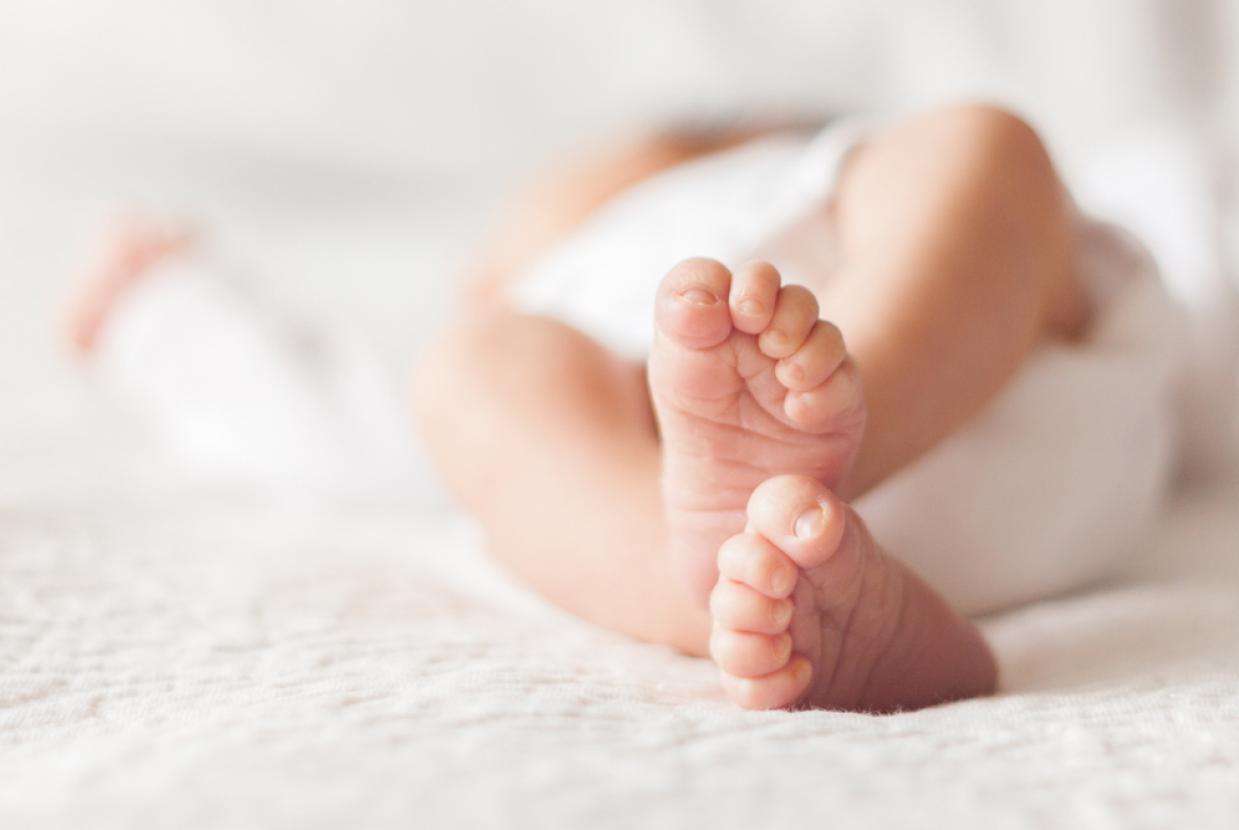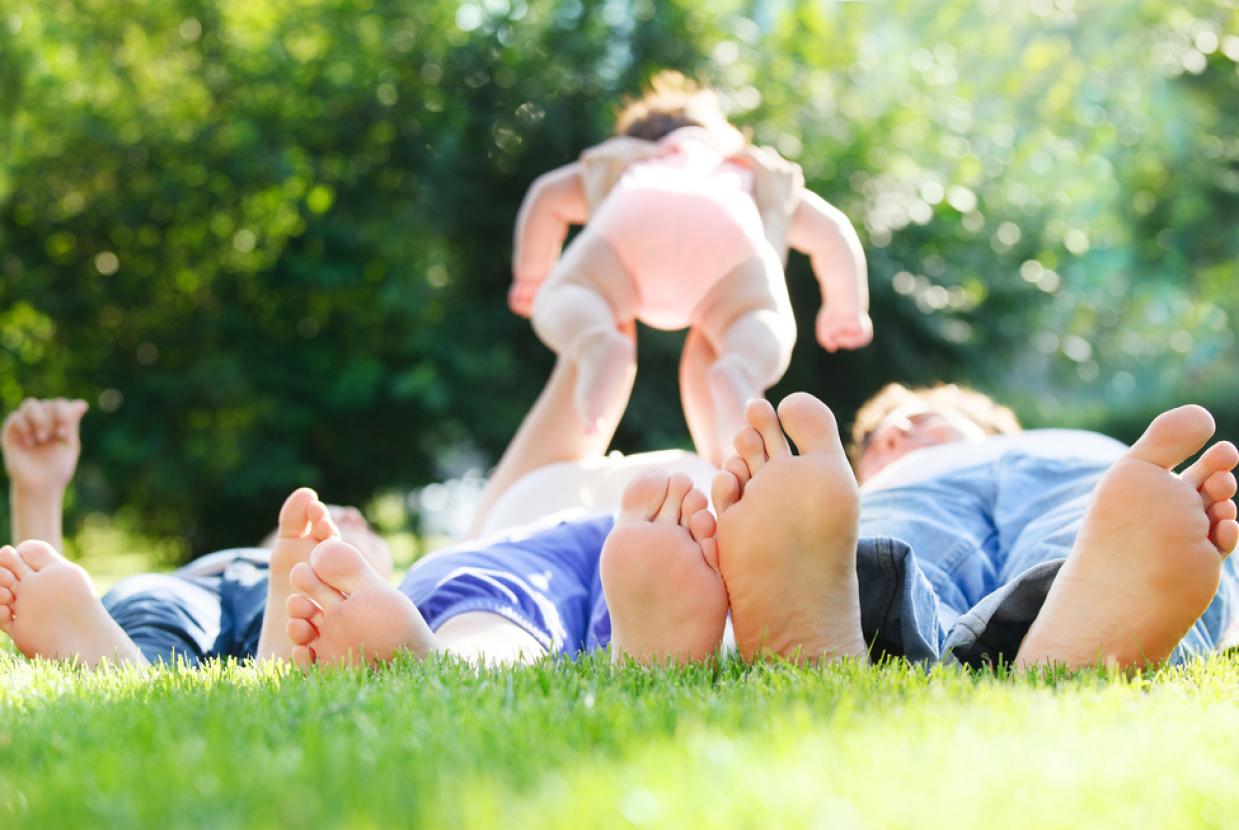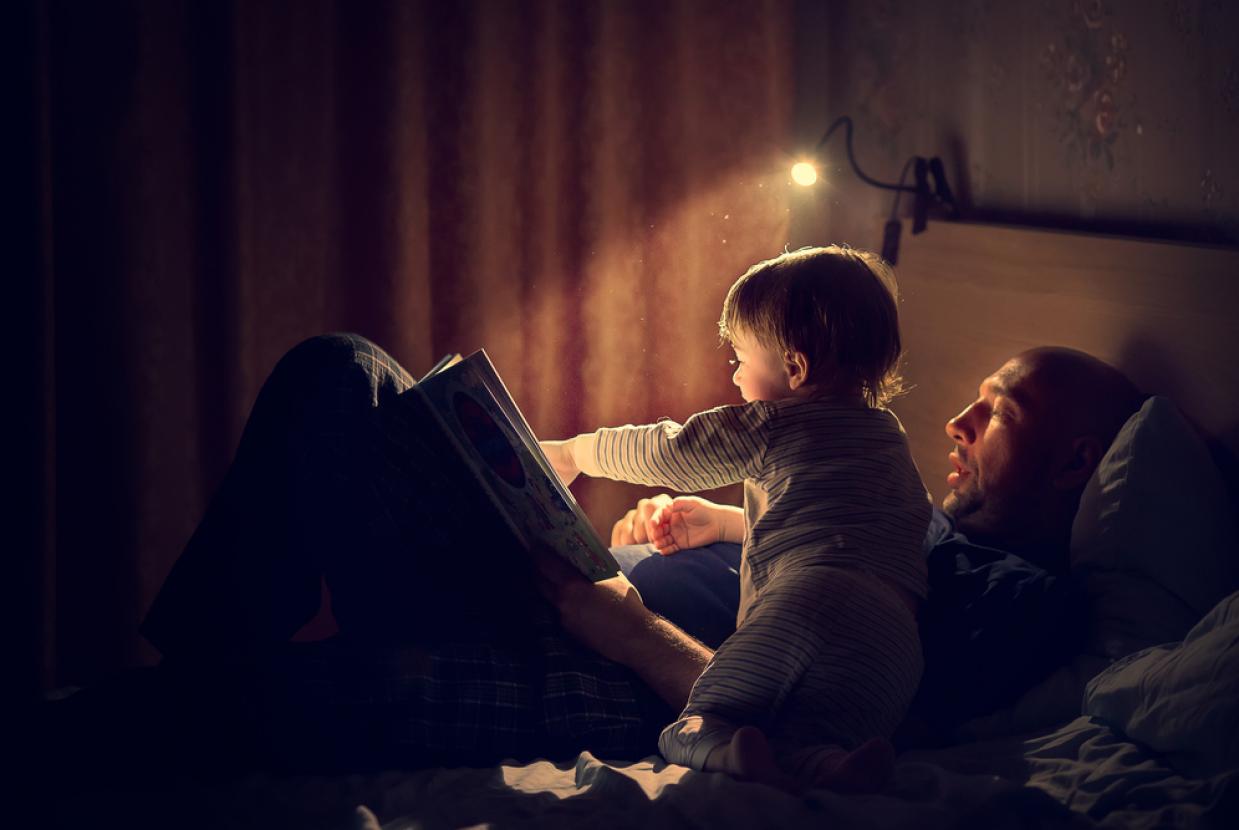Sleep Patterns
During sleep our heart rate drops, our body temperature falls and we experience complex changes in brain activity so that we experience different stages of sleep and we sleep in cycles. We get our deep sleep towards the beginning of the night and our lighter sleep in the early hours of the morning.
An EEG (electroencephalogram) gives us an insight into the brains electrical activity when we sleep. When we first fall asleep we enter non-rapid eye movement (NREM) sleep. NREM is divided into three stages:
- NREM1
- NREM2 and
- NREM3, each stage becoming progressively ‘deeper’
Stage 1 (3-5% of sleep) a very light stage of sleep from which we can be easily roused. During this stage you may experience twitching or jerks.
Stage 2 (45-50%) is still quite a light sleep but the body is preparing for the deep sleep that is about to come.
Stage 3 (20-25%) is a deeper stage of sleep (also called slow wave sleep) from which we’re more difficult to rouse. Some may feel disorientated if woken from this stage of sleep. This provides the most restorative sleep of all the sleep stages.
Generally, after going through the NREM stages, we enter Stage 4 (20-25%) which is known as rapid eye movement (REM) sleep, which the EEG shows as being similar to wakefulness or drowsiness. It is during the REM stage of sleep that we dream. It is vital for mental and emotional development.
Each cycle lasts around 1½ hours (though less in infants) and we need to experience all four stages in order to wake up rested. A good night’s sleep consists of four or five cycles, whereas disturbed sleep consists of far fewer.


